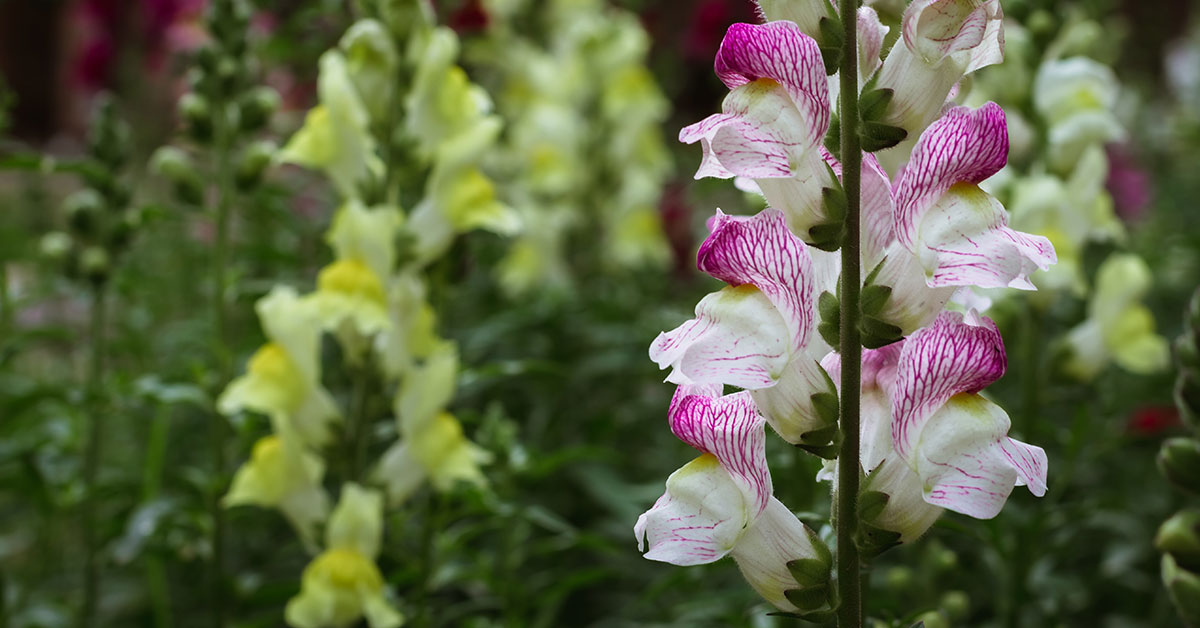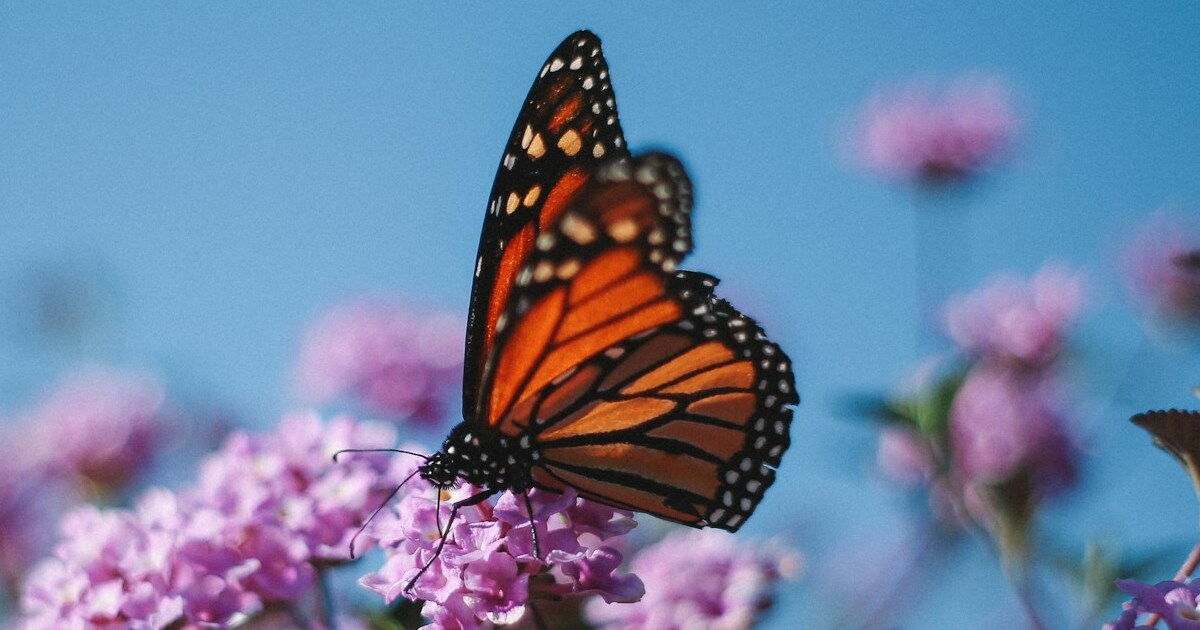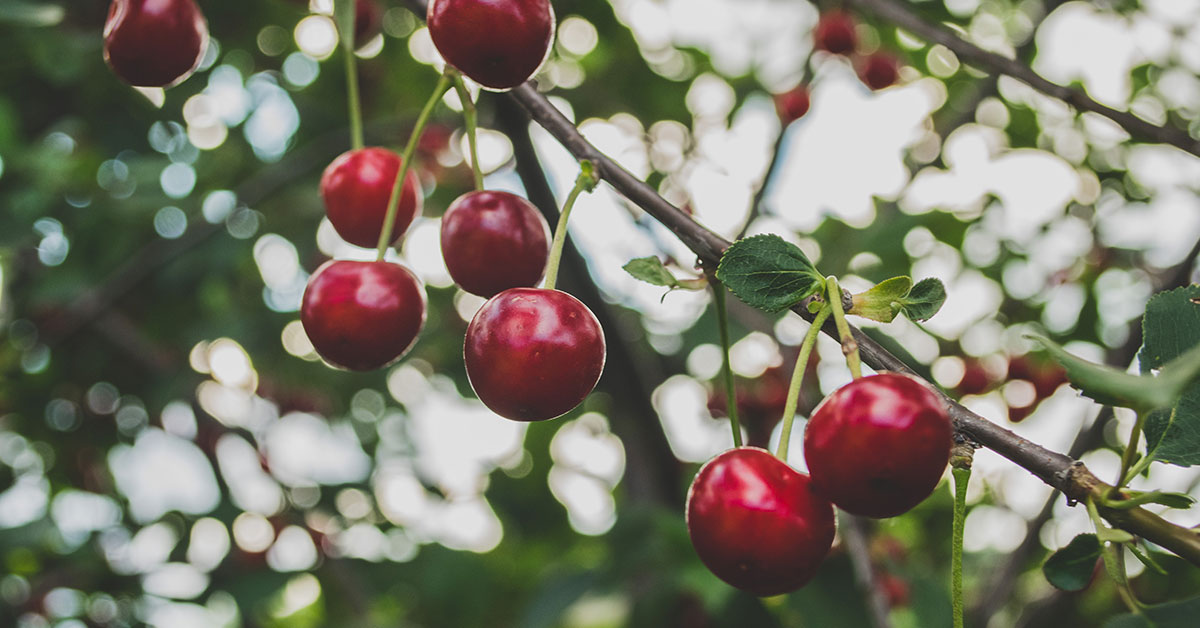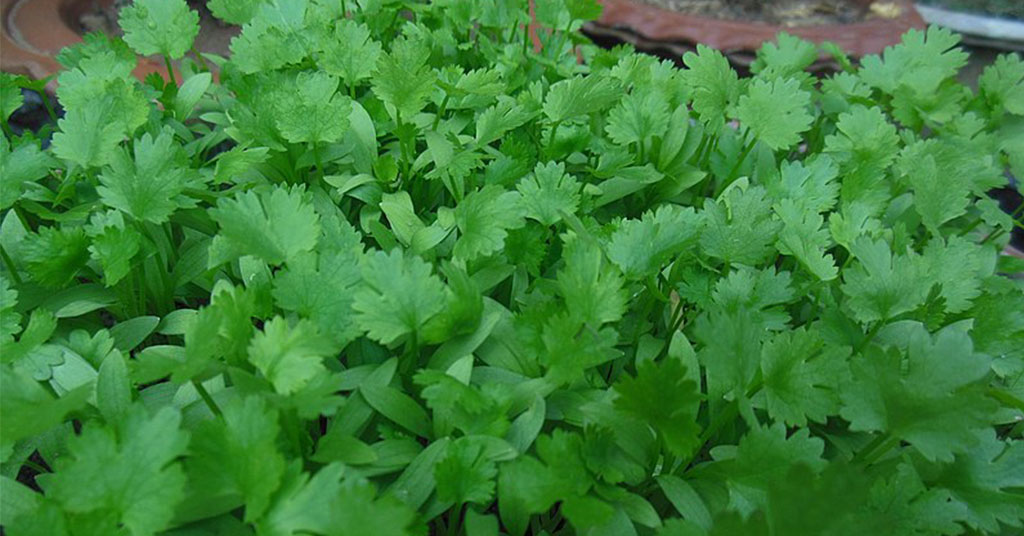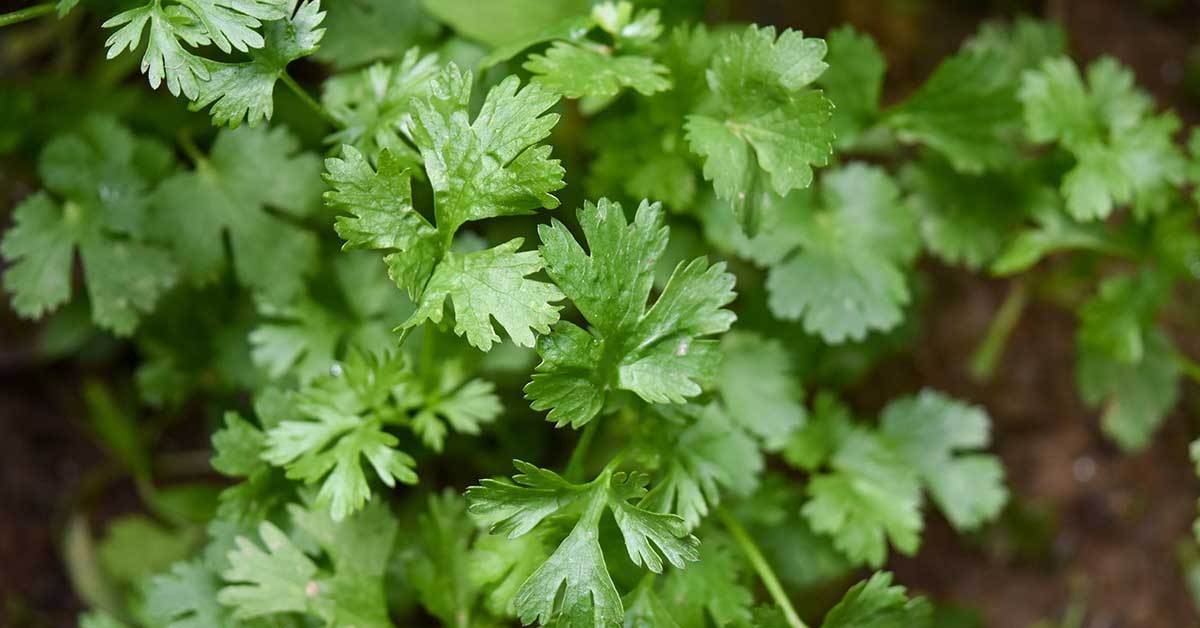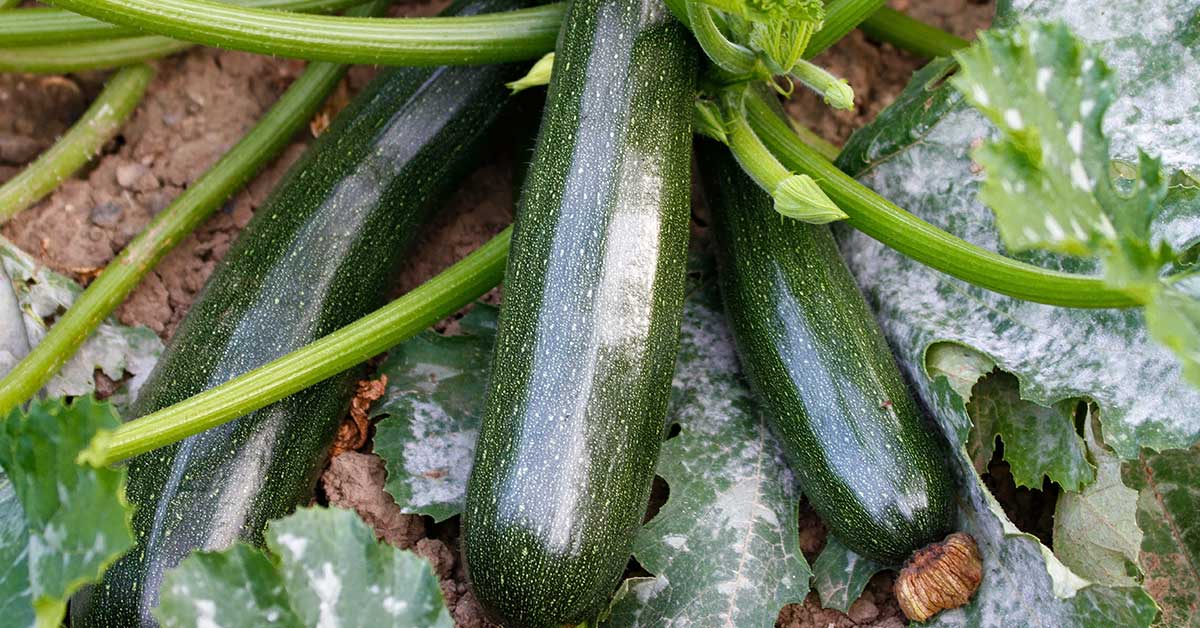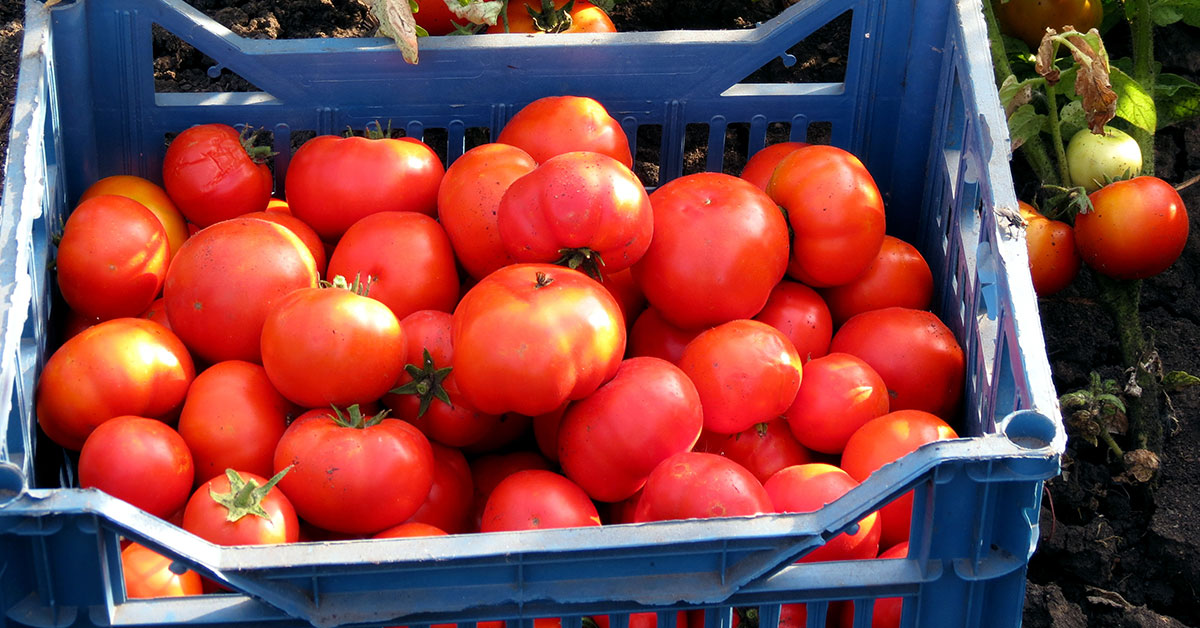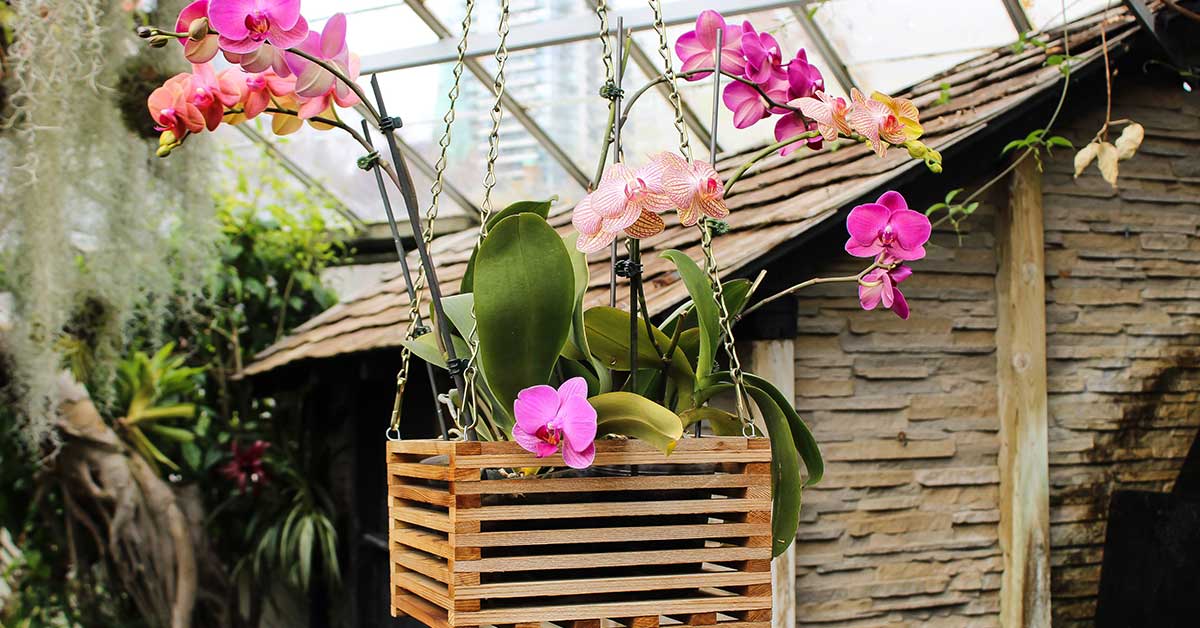One of my favorite parts of gardening is getting to know each plant’s needs intimately—particularly how much water they crave! From the drought-tolerant lavender (Lavandula angustifolia, native to the Mediterranean) to moisture-loving hostas (Hosta spp., native to northeast Asia), every species is adapted to a specific range of soil moisture. But I know how frustrating it is when you’ve been watering your tomatoes religiously, only to see wilted foliage or yellowing leaves despite your best efforts. It can feel like no matter how often you water, something just isn’t right, and that uncertainty can leave even the most enthusiastic gardener scratching their head.
Whether you’re tending to sunflowers (Helianthus annuus, native to North American prairies) or delicate ferns (Dryopteris filix-mas, native to temperate woodlands), paying attention to signs that your watering routine is off is crucial. In this article, I’ll share ten telltale indicators—ranging from persistent wet soil to drooping leaves—that mean it’s time to reassess how, when, and how much you water. By understanding these cues, you’ll be better equipped to adjust your routine—whether that means watering earlier in the day, reducing frequency, or improving drainage—so your garden thrives through every season!
Soil Crusting and Compaction

When the top layer of soil forms a hard crust after watering—or during dry spells—your plants’ roots may struggle to access oxygen and absorb moisture properly. In native prairies where ornamental grasses like switchgrass (Panicum virgatum, native to North America) thrive, soil is loose and rich in organic matter. In your garden, however, compacted soil can result from frequent, heavy hand watering that splashes the soil surface or from using a fine-mist sprinkler under strong sunlight. I once noticed young zinnias (Zinnia elegans, native to Mexico) wilting despite daily watering; turning the soil lightly with a fork and incorporating compost immediately transformed the surface, allowing water to infiltrate deeply and reviving those drooping blooms.
Compacted soil also hampers gas exchange around roots—leading to oxygen-starved conditions that can encourage root rot in plants like begonias (Begonia spp., native to tropical regions). If water pools on the surface or runs off in shallow rivulets, it’s a signal to break up the crust: try mulching with coarse straw or shredded leaves to protect the soil beneath and maintain moisture. Raised beds or adding grit to heavy clay can also improve drainage. By loosening that top layer, you create pockets for air and water to reach roots more efficiently, benefiting everything from shallow-rooted lettuces (Lactuca sativa, Mediterranean origin) to deep-rooted tomatoes (Solanum lycopersicum, Andean origin).
Yellowing Leaves on New Growth

Yellow leaves on new shoots often indicate nutrient deficiency or overwatering—but it’s frequently a sign that watering is too frequent or too heavy. Many vegetables, like peppers (Capsicum annuum, native to Central and South America) and basil (Ocimum basilicum, native to tropical Asia), require well-drained soil to prevent waterlogged roots. When water is applied too often, roots can’t respire properly, leading to chlorosis (yellowing) in fresh leaves. I remember my first year growing eggplants (Solanum melongena, native to India); despite daily watering, young leaves turned yellow until I reduced my schedule and let the soil dry slightly between sessions.
Conversely, under-watering can also induce yellowing when root systems fail to transport sufficient nutrients upward. Look for yellowing in the youngest leaves—if the soil feels bone dry a few inches down, it’s time to water more deeply. A moisture meter or simply testing by finger can help gauge when plants truly need moisture. Adjusting to a routine of watering early in the morning, so roots can soak up moisture before midday heat hits, often resolves this dual‐issue. By tuning into that subtle yellowing, you catch imbalances before irreversible damage, ensuring lush, green growth for everything from invasive—but still rewarding—comfrey (Symphytum officinale, native to Europe) to delicate ferns hiding in shady corners.
Persistent Standing Water

If you notice puddles lingering long after you’ve finished watering, it’s a red flag that the soil isn’t draining properly. Native wetland species like cattails (Typha latifolia, widespread in temperate North America) can tolerate ponded conditions, but most vegetables—such as carrots (Daucus carota, native to Europe and Asia) and snap peas (Pisum sativum, Mediterranean origin)—quickly succumb to root rot when sitting in waterlogged beds. In one scorching spring, I overhung the irrigation system in my raised bed and returned hours later to soggy soil that had not absorbed the water; my young cucumber transplants (Cucumis sativus, Indian origin) sat in mud, their leaves flopping within a day. Improving drainage with gypsum or building slight mounds under each plant prevented future puddles and saved my cucumbers from drowning.
Persistent standing water can also lure unwanted pests like mosquitoes, which lay eggs in stagnant pools, and slugs that love hiding in damp crevices during the heat of day. Ideally, your watering routine should direct water deep into root zones rather than letting it collect at the surface. Installing simple drip irrigation or soaker hoses ensures water seeps slowly into the ground, preventing runoff. Additionally, consider amending your bed with organic matter—compost or well-rotted manure—to improve soil structure. When you see standing water, take it as a warning to reassess both soil composition and irrigation method, keeping your garden healthy and pest-free!
Wilting despite Recent Watering
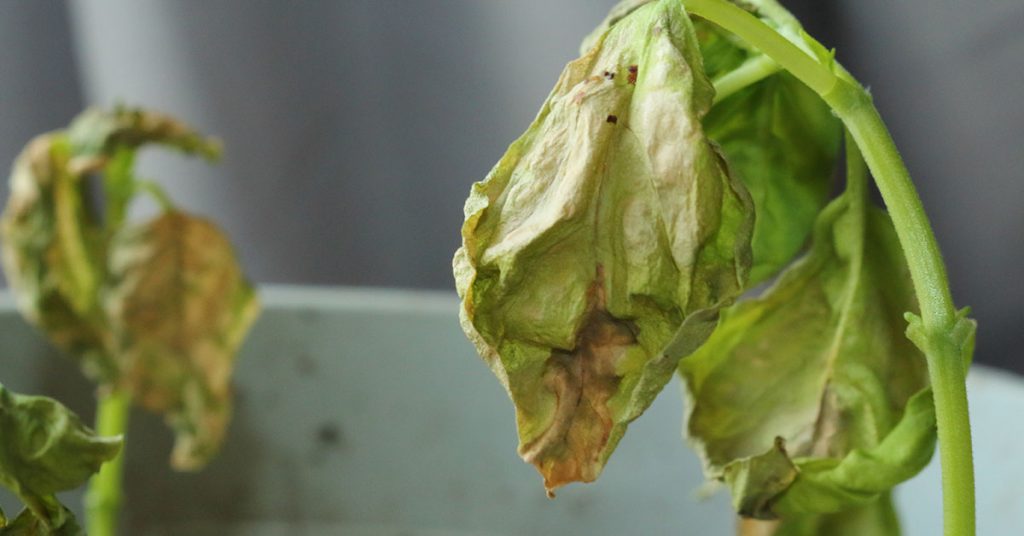
Wilting leaves even after a thorough watering can be perplexing—often signaling that roots can’t uptake water due to damage or soil issues. For instance, root-bound plants in containers—such as potted African violets (Saintpaulia ionantha, native to Tanzania)—can’t absorb enough moisture, leading to wilting. I once transplanted a hydrangea (Hydrangea macrophylla, native to Japan) that had become root-bound in a small container; despite daily watering, its stems drooped until I bare-rooted and repotted it in a larger planting hole. Suddenly, healthy turgor returned!
Another culprit could be fungal or nematode infection—root rot pathogens like Pythium or root-knot nematodes (Meloidogyne spp., pervasive in many regions) prevent water absorption. If you dig around a wilting plant and find mushy roots, it’s time to cut away affected tissue and improve drainage or rotate plant families. For garden beds, solarizing soil under a clear tarp during peak summer heat can reduce these pathogens. Consistent wilting after watering is a sign to investigate root health and soil conditions, not just to add more water. By tuning into that stubborn wilting, you can address underlying issues before it’s too late!
Browning Leaf Edges and Tip Burn
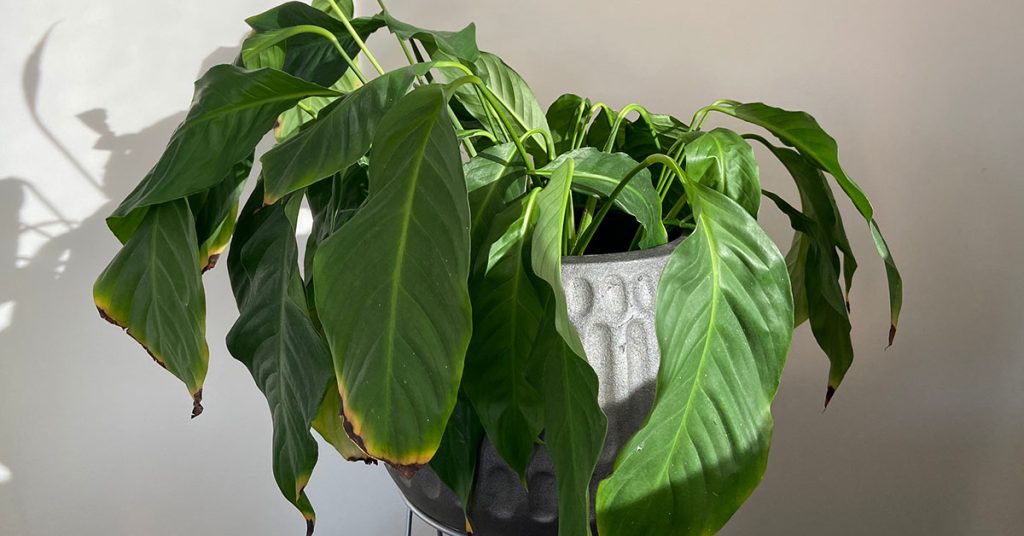
When leaf edges and tips turn brown and crispy, it’s often a symptom of inconsistent watering or high salt buildup in the soil. Native North American lilies (Lilium spp.) appreciate even moisture—when soil dries out too much between waterings, lily tips scorch quickly. Similarly, garden roses (Rosa spp., originally from Eurasia) need a steady water supply; fluctuating from bone dry to saturated can lead to brown margins that look dehydrated. I learned this lesson when I watered my calla lilies (Zantedeschia aethiopica, native to Southern Africa) unevenly—missed a day due to travel, and within hours, leaf edges browned as if scorched by the midday sun.
Salt accumulation from tap water or fertilizer can exacerbate tip burn: as salts concentrate near the soil surface, roots struggle to absorb moisture due to osmotic stress, leaving leaves to dry from the edges inward. Plants like rhododendrons (Rhododendron spp., native to Asia), which prefer acidic soils with low dissolved salts, are particularly sensitive. Flushing the soil with quality rainwater every few weeks and using balanced, slow-release fertilizer helps prevent tip burn. If browning continues, reducing fertilizer rates or installing a reverse-osmosis filter can alleviate salt issues. By reacting quickly to browning tips—adjusting both watering frequency and water quality—you’ll keep your plants looking lush and hydrated!
Slow Growth and Stunted Plants

When plants appear healthy above ground but show lackluster growth, it may stem from either insufficient or excessive moisture affecting nutrient uptake. In native Mediterranean herbs like oregano (Origanum vulgare), overly wet conditions can limit nitrogen assimilation, leading to spindly growth. Last season, my oregano barely grew despite a nitrogen‐rich soil test; it turned out excessive watering was washing nutrients away before roots could take them up. Once I dialed back to watering every third day and added a layer of mulch (coarse pine bark to reflect its Pyrenean roots), the oregano rebounded, producing fuller, fragrant mats.
Conversely, drought-tolerant succulents—such as Sempervivum (Sempervivum spp., native to alpine European regions)—will almost immediately halt growth under soggy conditions due to root rot. Even hardy alpine natives like sedum (Sedum spp., widespread across Europe and Asia) struggle in persistently moist beds. If you notice your sedum’s rosettes flattening and ceasing to send up flowers, check soil moisture: let the soil almost dry out entirely before the next watering. Matching each species’ native water preferences—whether arid, temperate, or tropical—ensures robust growth rather than frustrating stunting. Adjust your routine when growth lags; often a simple tweak to watering frequency transforms lackluster plants into vigorous thickets!
Yellow or Pale New Growth
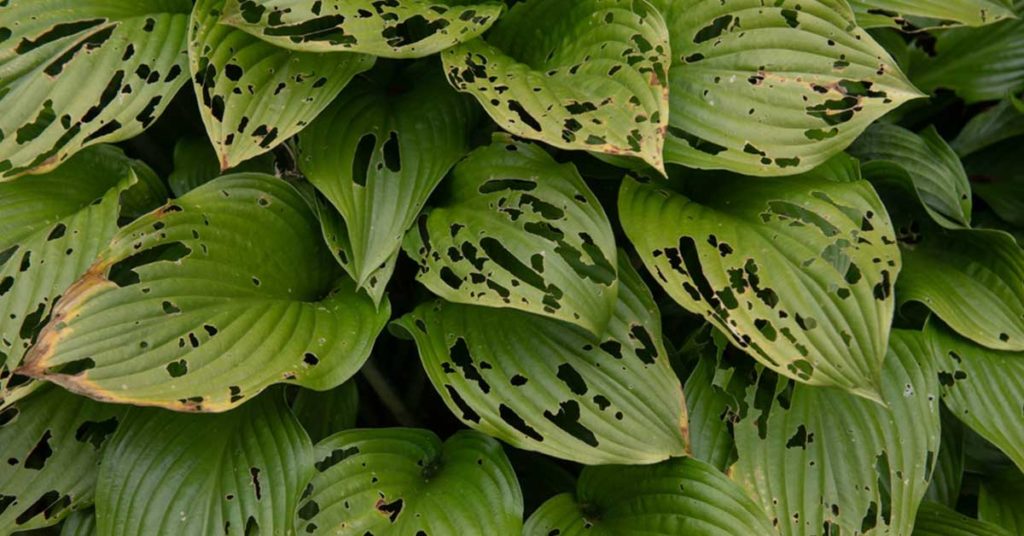
When you see new shoots emerging pale or yellow, it often indicates overwatering diluting soil nutrients or failing to supply adequate oxygen to the roots. For example, hostas (Hosta spp., native to northeast Asia) welcome consistent moisture but will develop yellow foliage if sitting in overly wet soil—especially if drainage is poor. My hostas once sprouted pale shoots despite frequent watering; checking the soil revealed water pooling at the base of each crown. By lowering my watering frequency and augmenting the soil with aged compost for better drainage, new leaves emerged deep green and vibrant.
Underwatering can also mimic this symptom—plants like basil (Ocimum basilicum, tropical Asia native) produce pale leaves when deprived of moisture for extended periods. If you notice the entire plant looking chlorotic rather than just marginal browning, feel the soil a few inches down: if bone dry, a deep soak is needed. But if soil is soggy, cutting back on watering and aerating around the root zone will correct the issue. Monitoring pale new growth helps differentiate between over‐ and under-watering, guiding you to the right adjustment before foliage and flower budding are compromised!
Fungal Growth and Mold

Mold or fungal growth on the soil surface—often appearing as white, gray, or green fuzzy patches—is a clear sign that humidity and moisture levels are too high. In native damp woodlands, fungi thrive among decaying leaves; in a greenhouse or shaded bed with poor air circulation, however, they can quickly spread to tender seedlings like lettuces (Lactuca sativa, Mediterranean origin) and impatiens (Impatiens walleriana, East African origin). I once watched fuzzy gray mold envelop my newly germinated petunias (Petunia hybrida, native to South America) after misting too frequently; removing the affected soil and reducing humidity restored healthy seedlings.
Soil-borne pathogens like Sclerotinia sclerotiorum, causing white mold, can devastate crops such as beans (Phaseolus spp., Central American origin) when constant moisture persists. If you spot small, sleepy mushrooms popping up among plants, it’s time to adjust: reduce overhead watering, open vents or run fans to cut humidity, and consider switching to a drip irrigation system to keep foliage dry. Remove any infected plant material and replace with fresh, well-drained soil or sterilize the area. By tackling mold and fungi at the first sign, you prevent more severe outbreaks that can decimate entire beds, ensuring a healthier summer garden!
Dry, Brittle Soil and Plant Stress

Paradoxically, soil that seems bone-dry on the surface can still be clinging to moisture a few inches down, leading to shallow root growth and stressed plants. Native prairie plants like echinacea (Echinacea purpurea, Central America) develop deep taproots precisely to avoid this issue. In my early attempts at drip irrigation, water settled below a crusted top layer, leaving seedlings like marigolds (Tagetes spp., Mexican origin) with dry, brittle soil at the surface and waterlogged lower zones. The plants wilted on hot afternoons despite the soil feeling damp when I dug down. Shifting to a light top mulch and ensuring drip lines reached root depth remedied the problem.
Similarly, in potted trees—like citrus (Citrus spp., Southeast Asia origin)—this stratification often leads to root rot down below, while the surface looks parched. In such cases, I advise gently loosening the topsoil and checking for moisture at 2–3 inches depth before adding more water. Switching to a watering can with a long spout or a slow-release watering spike ensures water penetrates evenly. When you encounter dry, brittle soil that seems decoupled from plant stress, it’s a cue to reevaluate watering technique—ensuring moisture gets where it’s needed most without leaving the top layer denying access to oxygen!
Excessive Mulch Accumulation

While mulch conserves moisture and suppresses weeds, too thick a layer—particularly a dense organic mulch like wood chips—can trap excessive moisture, causing root suffocation and fungal issues. Native woodland plants like trilliums (Trillium spp., eastern North America) thrive under a moderate layer of leaf litter, but annual vegetables (e.g., squash from Central America) can suffer if the mulch becomes a barrier. I once refreshed my strawberry patch with a three-inch bed of straw mulch; within days, tiny slugs (seeking moist refuge) and mold appeared, smothering the runners. Trimming back to a thinner layer—about one inch—allowed the soil to breathe while retaining enough moisture to support the strawberries.
Excessive mulch can also hinder beneficial ground-nesting bees from accessing their nesting sites, reducing pollination for blooms like raspberry (Rubus idaeus, Europe origin) and lavender (Lavandula angustifolia, Mediterranean origin). If bees struggle to dig through a thick mat, it’s time to rake mulch aside in spots to expose soil for nesting. A balanced approach—keeping mulch thinner near flowering perennials and thicker near thirsty shrubs—strikes the best balance. Heeding the sign of too much mulch prevents moisture-related problems and fosters a sanctuary for pollinators critical to fruit production in your summer garden!





